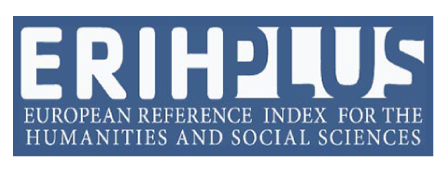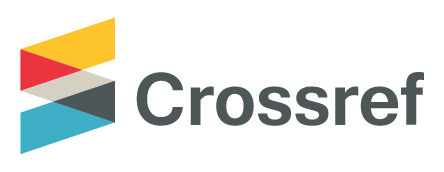Categorisation of industrial side streams for reuse potential evaluation
DOI:
https://doi.org/10.53615/2232-5697.10.253-265Keywords:
Circular economy, resource efficiency, industrial side streams, side stream utilisation, categorisation, reuseAbstract
Purpose: Industries are creating vast amounts of side streams with many underutilised potentials that a circular economy could harness. Different types of side streams present various challenges and opportunities in terms of their reuse. Thus, it would be beneficial for these industrial side streams to be categorised according to their properties affecting their reuse potential.
Study design/methodology/approach: The empirical data for this multiple case study was gathered from industries in Northern Ostrobothnia, Finland. Data collection included company visits, interviews, workshops, seminars, and the collection of existing documentation from the cases, and the data was collected by multiple investigators. The empirical data was analysed using descriptive qualitative methods.
Findings: Similarities between industrial side streams of processes were found not to originate from either the industry the process is used in or the material used to process, but rather from the purpose of the process on a more general level. The created categorisation divided industrial side streams based on their origin into process residue materials, process residual energy, energy production residues and process residual structural components.
Originality/value: This study provides a tool for the preliminary technical and economic analysis of business cases based on industrial side stream utilisation and deepens the understanding of reusing industrial side streams as raw materials. The created categorisation can distinguish relevant properties affecting each side stream’s reuse potential and guide the creation of business arising from their reuse.
Downloads
Downloads
Published
License
Copyright (c) 2021 Tero Leppänen, Juhoantti Köpman, Oskari Rasila, Pekka Tervonen

This work is licensed under a Creative Commons Attribution-ShareAlike 4.0 International License.















